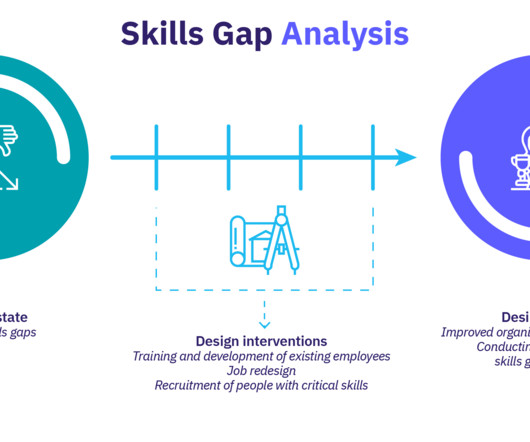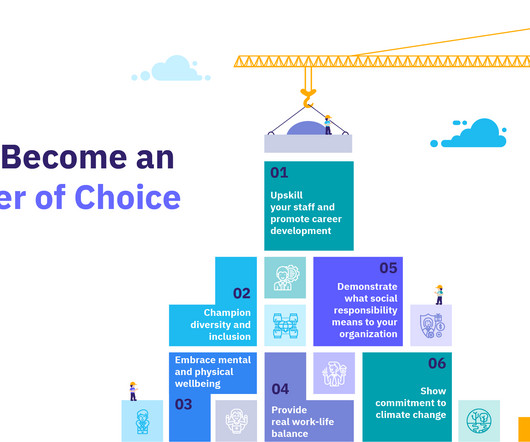The Impact of AI on Employee Recruitment and Retention
Hppy
JANUARY 31, 2024
AI, the technology that is revolutionizing efficiency, is poised to transform your recruitment and retention strategies. By 2030, the global AI market will be worth $1.8 Test Prep Insight uses behavioral analytics software to detect burnout by analyzing communication channels such as Zoom, email, and Slack.
















Let's personalize your content